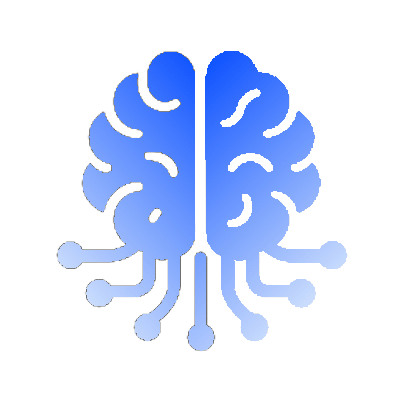- First, what is AI?
- What about Machine Learning?
- The relationship between AI and ML
- Why the distinction matters for business and students
- Key differences at a glance
- The risks and misconceptions
- Real-world examples you’ll recognize
Artificial Intelligence (AI) and Machine Learning (ML) are two of the most overused buzzwords in tech. They often appear side by side, sometimes even interchangeably, in headlines, marketing campaigns, and LinkedIn job posts.
But here’s the thing: AI and ML are not the same.
Yes, they’re related—machine learning is part of AI—but the distinction matters if you want to actually understand the technology shaping industries, economies, and everyday life. Let’s break it down.
First, what is AI?
At its core, Artificial Intelligence is the broad concept of machines being able to carry out tasks that would typically require human intelligence. That includes reasoning, problem-solving, planning, perception, natural language understanding, and even creativity.
Think of AI as the umbrella term. If a computer system can perform something that resembles “thinking” or “decision-making,” it falls under AI.
Examples of AI in action today:
- Virtual assistants like Siri, Alexa, and Google Assistant
- Fraud detection systems used by banks
- Chatbots on customer service websites
- Self-driving cars interpreting traffic signals and pedestrians

What about Machine Learning?
Machine Learning is a subset of AI. It’s the branch that focuses on teaching computers how to learn patterns from data without being explicitly programmed. Instead of coding strict rules, developers feed systems huge datasets and let algorithms find insights on their own.
Examples of ML in action today:
- Netflix or Spotify recommendations
- Email spam filters
- Predictive text on your smartphone
- Credit scoring models in finance
If AI is the big dream of machines “thinking,” then ML is one of the main engines powering that dream.
The relationship between AI and ML
Here’s the best analogy:
- AI is the goal → building systems that can mimic human intelligence.
- ML is the method → one way of achieving AI is by letting machines learn from data.
In other words, all ML is AI, but not all AI is ML.
For example:
- A rule-based chess program from the 1990s is AI (but not ML).
- AlphaZero, which learned chess strategies by playing millions of games against itself, is AI and ML.
Why the distinction matters for business and students
In business, mixing up AI and ML can cause confusion. Leaders might say they want to “use AI” when what they actually need is a machine learning model to predict customer churn or optimize supply chains.
For students, especially those in business and tech programs, knowing the difference helps in building realistic expectations. AI sounds like magic, but in practice, most of the exciting progress in the last decade has come from ML (and its powerful cousin, Deep Learning).

Key differences at a glance
| Feature | Artificial Intelligence (AI) | Machine Learning (ML) |
|---|---|---|
| Scope | Broad: reasoning, planning, perception, language, learning | Narrow: specifically learning from data |
| Approach | May use rules, logic, or data | Relies heavily on data and algorithms |
| Goal | Mimic human intelligence | Learn and improve from experience |
| Examples | Chatbots, robotics, self-driving cars | Spam filters, recommendation systems, fraud detection |
The risks and misconceptions
- Overhype: Many products slap on “AI-powered” as a buzzword when they’re really just using basic ML.
- Black Box Problem: ML models, especially deep learning, can be hard to interpret—raising ethical concerns.
- Job Displacement Fears: AI often gets blamed for automation anxieties, even though most of the actual automation comes from ML.
- Education Gap: Students and professionals who don’t understand the distinction risk falling behind in a workforce where AI literacy is increasingly valued.
Real-world examples you’ll recognize
- AI without ML: Rule-based expert systems in medicine (if symptoms A + B → then possible disease X).
- AI with ML: Google Translate, which improves translations by learning from billions of examples.
- AI + ML + DL: Tesla’s autopilot, which uses deep neural networks trained on vast amounts of driving data.
Conclusion: Keep it simple
The simplest way to remember it is this:
- AI = The dream of machines thinking like humans.
- ML = The tool we use today to get closer to that dream.
As businesses, universities, and students continue to explore the potential of these technologies, knowing the difference is more than just semantics—it’s the foundation for understanding how AI will shape the future of work, study, and society.
Authoritative external links:


Leave a Reply